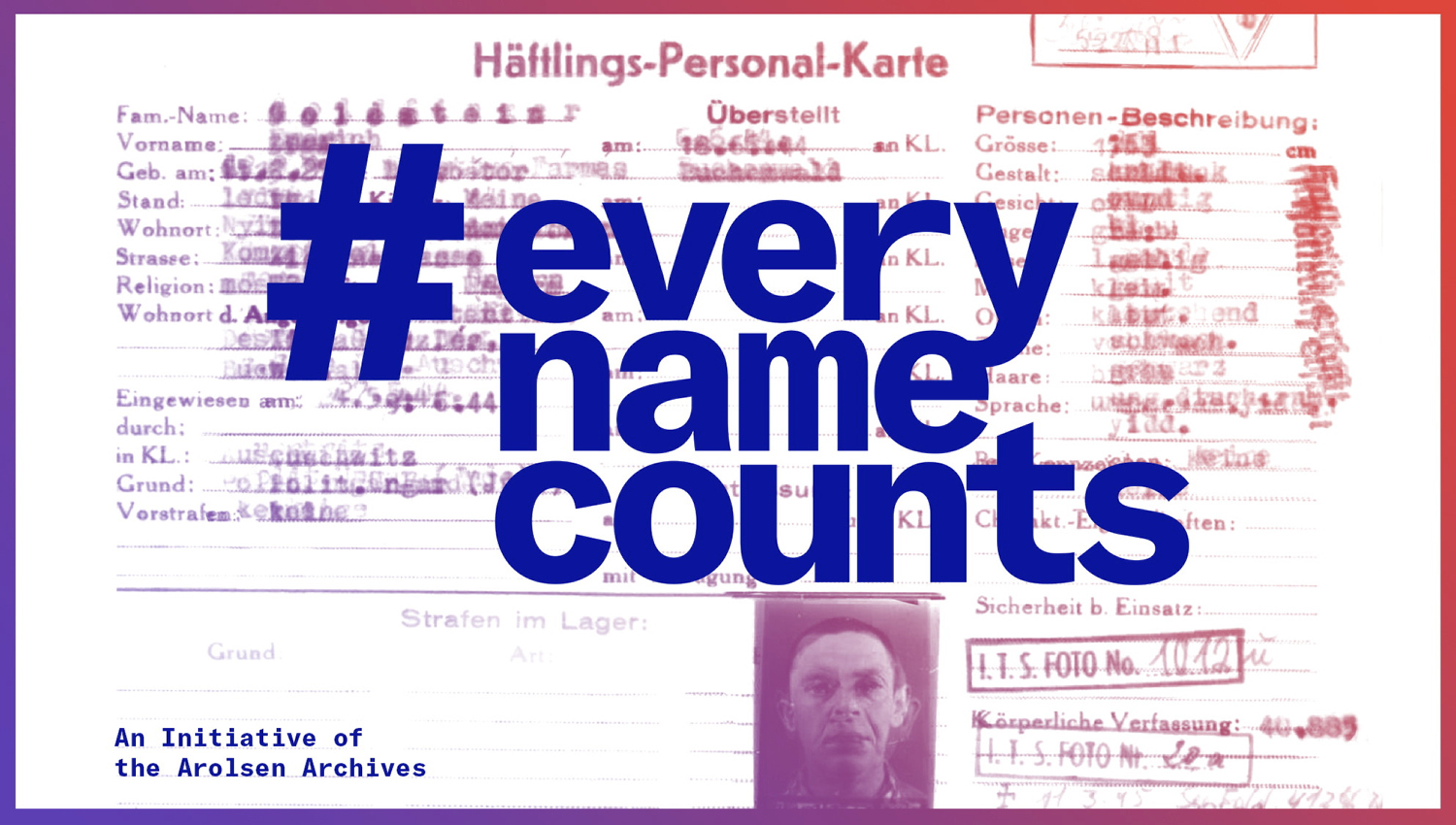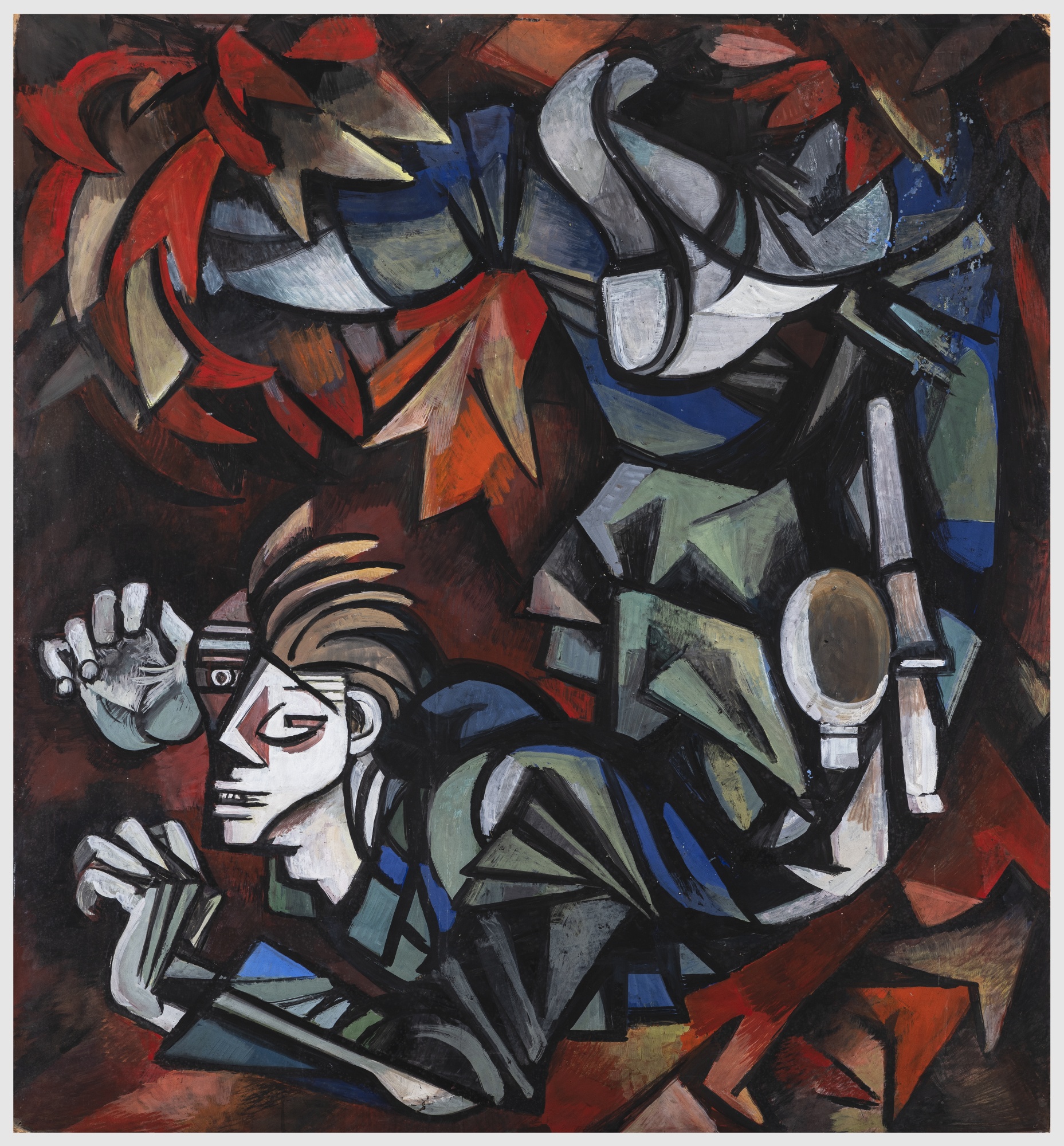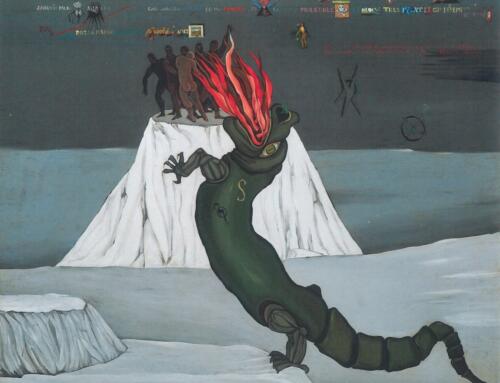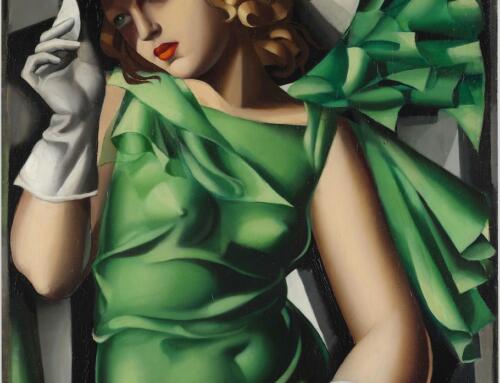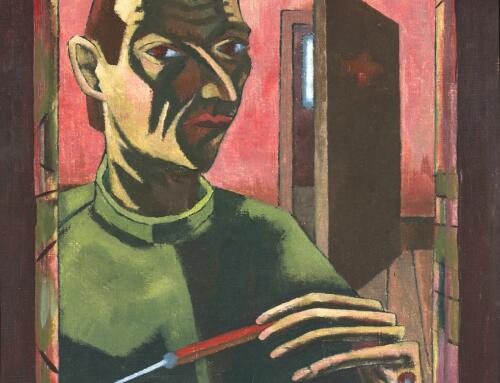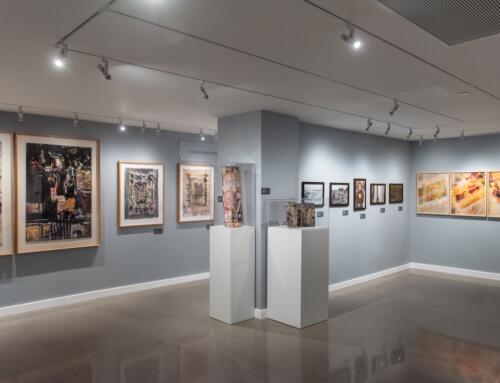Dear Friends,
We invite you to join us for a
POST SCREENING DISCUSSION
Wednesday, May 26 at 12:00pm EST
“Undying Love. Stories of Romance, Marriage and Rebirth in Displaced Persons’ Camps”
Featuring
Helene Klodawsky, Film Director (Canada) and
Sabine Rollberg, Expert of Documentary Film (Germany)
Moderator
Rachel Stern

IMAGE: Detail of “Undying Love” Film Poster, 2002
“Undying Love” tells the poignant, enduring, and miraculous love stories of the survivors of World War II. Against the brutalized landscape of post-war Europe, this film focuses on how survivors struggled to reconstruct personal identities and forge intimate relationships. Using searing testimonies, poetic dramatizations, archives and images of romantic love from the pre- and post-Holocaust era, Undying Love is a textured retelling of several extraordinary love stories which emerged “out of the ashes.” With film awards from the US, Canada, Poland, and Israel, Undying Love has been televised around the world. Undying Love is included in the 2017 Réalisatrices Équitables/ Films Fatales 100 Best Canadian Films by Women, and was featured in DOC 35’s line up at the 2018 Rencontres Internationales du Documentaire in Montreal.
Independent filmmaker Helene Klodawsky is a passionate storyteller committed to portraying political and social struggles, as well as to exploring the documentary art form. Her award winning work, spanning thirty-five years, is screened, and televised around the world in venues as diverse as New York’s Museum of Modern Art and Kenyan refugee camps.
Throughout her career, Sabine Rollberg has edited, taught and promoted documentary film. She is a German Professor of Artistic Television Formats, Film and Television, as well a former commissioner and head of the editorial department of Arte at the Westdeutscher Rundfunk (WDR). She developed and oversaw an array of diverse TV programs and has also become internationally known as a dedicated editor and promoter of documentary film.
In March, I announced our partnership with the Arolsen Archives, the world’s most extensive collection of documents about the victims of National Socialist Persecution, helping them build the largest Digital Memorial to Victims of Nazism. You can watch my conversation with Floriane Azoulay (director) and Giora Zwilling (Deputy Head of Archives) and find additional information here: https://fritzaschersociety.org/digifas/everynamecounts/.
We now invite you to join the Fort Tyron Jewish Center and FAS to enter data together:
Thursday, May 27 at 8:00pm EST
#EVERYNAMECOUNTS
Elizabeth Berkowitz, FAS’s Digital Interpretation Manager, will walk us through the data entry process, and you’ll get to ask questions and comment the process. Together, we’ll become part of a global effort to record previously unknown names, family information and persecution routes to the database.
Participants enter information about Nazi victims and family members from digitized Buchenwald incarceration registration cards, part of the Arolsen Archives’ 30 million document holdings. Data entry for each document takes approximately 4-5 minutes to complete.
Jeanne Mammen, Dying Warrior (Young Soldier in the Front Fire) [Sterbender Krieger (Junger Soldat im Frontfeuer], c. 1943.
Tempera on cardboard, 151,00 cm x 140,00 cm. Museum of the City of Berlin SM 2018-09238 © VG Bild-Kunst, Bonn. Reproduction Oliver Ziebe, Berlin
The Berlin artist Jeanne Mammen (1890-1976) is best known for her depictions of strong, sensual women and Berlin city life. But there is much more to her 70 years of artistic output, with unique sketches, paintings and sculptures. In 1975, she tells the art historian Hans Kinkel, who conducts the only interview she will ever give: “You must always write that my pictures were created between 1890 and 1975. …I have always wanted to be just a pair of eyes, walking through the world unseen, only to see others. Unfortunately one was seen.”
With the beginning of the Nazi era in 1933, many of her clients had to leave Germany. Jeanne Mammen went into inner exile and created her works in secret for the next 12 years. Her artwork shows her critical view of the circumstances in which she has to live.
After 1945, she took to collecting wires, string, and other materials from the streets of bombed-out Berlin to create reliefs. In the late 1940s she began designing sets for the Die Badewanne cabaret. She created abstract collages from various materials, including candy wrappers. In the 1950s she adopted a new style, combining thick layers of oil paint with a few fine marks on the surface.
Her studio on Kurfürstendamm 29, which she occupied from 1920 until the end of her life, is almost unchanged and allows us to come very close to this artist and her work.
Jeanne Mammen, Dying Warrior (Young Soldier in the Front Fire) [Sterbender Krieger (Junger Soldat im Frontfeuer], c. 1943.
Tempera on cardboard, 151,00 cm x 140,00 cm. Museum of the City of Berlin SM 2018-09238 © VG Bild-Kunst, Bonn. Reproduction Oliver Ziebe, Berlin
The Berlin artist Jeanne Mammen (1890-1976) is best known for her depictions of strong, sensual women and Berlin city life. But there is much more to her 70 years of artistic output, with unique sketches, paintings and sculptures. In 1975, she tells the art historian Hans Kinkel, who conducts the only interview she will ever give: “You must always write that my pictures were created between 1890 and 1975. …I have always wanted to be just a pair of eyes, walking through the world unseen, only to see others. Unfortunately one was seen.”
With the beginning of the Nazi era in 1933, many of her clients had to leave Germany. Jeanne Mammen went into inner exile and created her works in secret for the next 12 years. Her artwork shows her critical view of the circumstances in which she has to live.
After 1945, she took to collecting wires, string, and other materials from the streets of bombed-out Berlin to create reliefs. In the late 1940s she began designing sets for the Die Badewanne cabaret. She created abstract collages from various materials, including candy wrappers. In the 1950s she adopted a new style, combining thick layers of oil paint with a few fine marks on the surface.
Her studio on Kurfürstendamm 29, which she occupied from 1920 until the end of her life, is almost unchanged and allows us to come very close to this artist and her work.
We’ll get most competent insights from Dr. Martina Weinland, the Commissioner for Cultural Heritage at the Museum of the City of Berlin in Berlin (Germany). She is a Berlin art historian, who is responsible for nine dependent artist foundations at the museum, including Fritz Ascher and Jeanne Mammen.
We look forward to “seeing” you!
We offer all these events for free. If you can, please support our work by giving to the Fritz Ascher Society HERE.
All best wishes,
Rachel Stern
Director and CEO
Join the conversation!
@FritzAscherSociety
#FritzAscher
Follow us on instagram or twitter, befriend us on facebook, or check out our website!
Fritz Ascher ©2021 Bianca Stock, Photo Malcolm Varon



